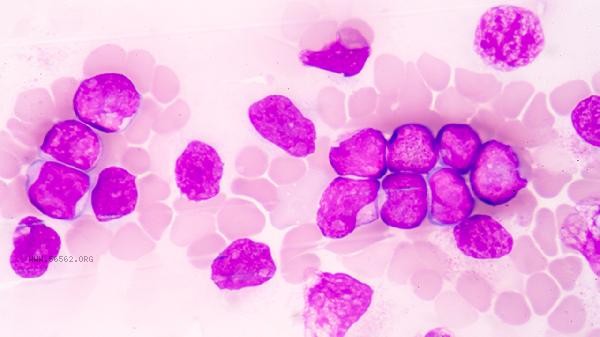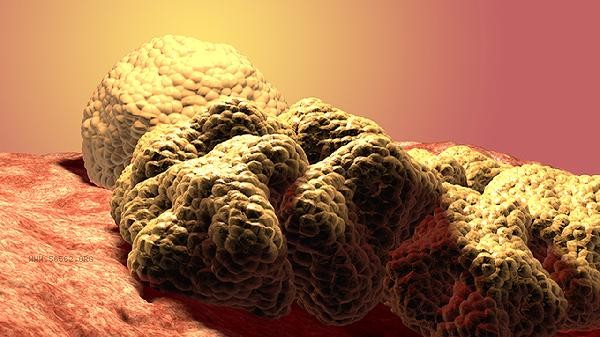Most diffuse cell tumors of grade 2 can be effectively controlled through standardized treatment. The main treatment options include surgical resection, radiation therapy, targeted drug therapy, immunotherapy, and regular follow-up monitoring.

1. Surgical resection:
surgery is the preferred treatment method for grade 2 diffuse cell tumors, using microsurgical techniques to remove tumor tissue as completely as possible. For tumors located in non functional areas, the total resection rate can reach over 70%, and postoperative pathological examination is required to clarify the molecular characteristics of the tumor. Intraoperative neuro navigation and electrophysiological monitoring can significantly reduce the risk of neurological dysfunction.
2. Radiotherapy:
For postoperative residual or inoperable cases, intensity-modulated radiation therapy can accurately target the tumor area. The total dose of conventional fractionated radiotherapy is controlled at 54-60Gy, and proton therapy provides better protection for surrounding normal tissues. During radiotherapy, side effects such as cerebral edema and hair loss may occur, requiring the use of dehydrating agents and hormone therapy.
3. Targeted drug therapy:

Bevacizumab can be used to inhibit angiogenesis for specific gene mutations, while erlotinib blocks the EGFR signaling pathway. Genetic testing is required before medication, and common adverse reactions include hypertension, rash, etc. Targeted drugs are often used for recurrent or advanced cases, and their combination with radiotherapy can enhance efficacy.
4. Immunotherapy:
PD-1 inhibitors such as pembrolizumab are suitable for cases with high microsatellite instability. Before treatment, it is necessary to evaluate the tumor mutation burden and PD-L1 expression level, which may cause adverse reactions such as immune related pneumonia and colitis. Currently, clinical trials are mostly conducted as second-line treatment options.
5. Regular follow-up monitoring: After
treatment, MRI re examination should be performed every 3-6 months to evaluate whether the tumor has recurred. The monitoring content includes enhancing lesion changes, edema range, and neurological function status. During long-term follow-up, attention should be paid to delayed side effects such as cognitive impairment after radiotherapy, and rehabilitation training should be carried out if necessary. Patients with diffuse cell carcinoma grade 2 should maintain a low sugar, high protein diet and supplement with appropriate amounts of omega-3 fatty acids. During the rehabilitation period, low-intensity exercises such as Tai Chi and walking can be performed to avoid severe head shaking. Ensure 7-8 hours of sleep per day and alleviate anxiety through mindfulness training. Regularly conduct cognitive function assessments and intervene promptly if memory decline is detected. During the treatment period, all medication adjustments must strictly follow the doctor's advice and do not increase or decrease the dosage on your own.









Comments (0)
Leave a Comment
No comments yet
Be the first to share your thoughts!